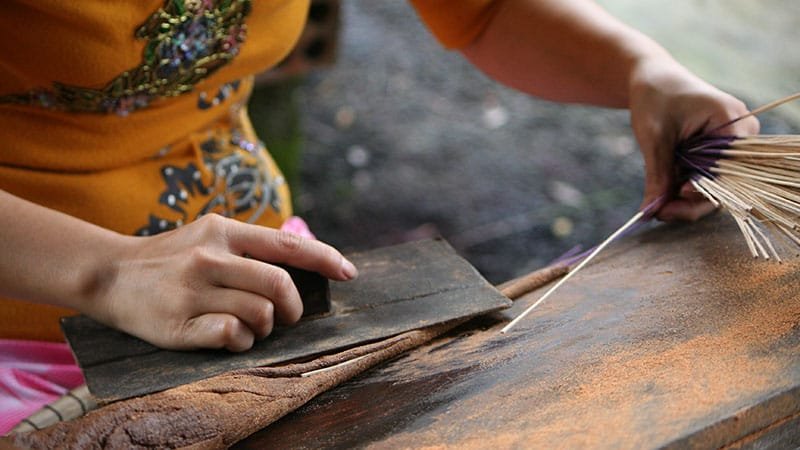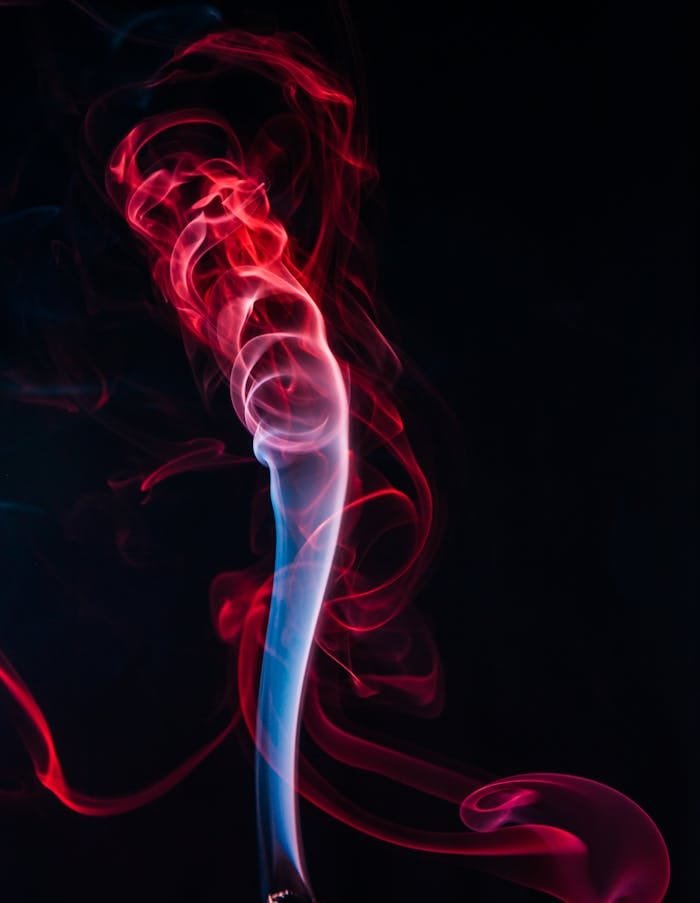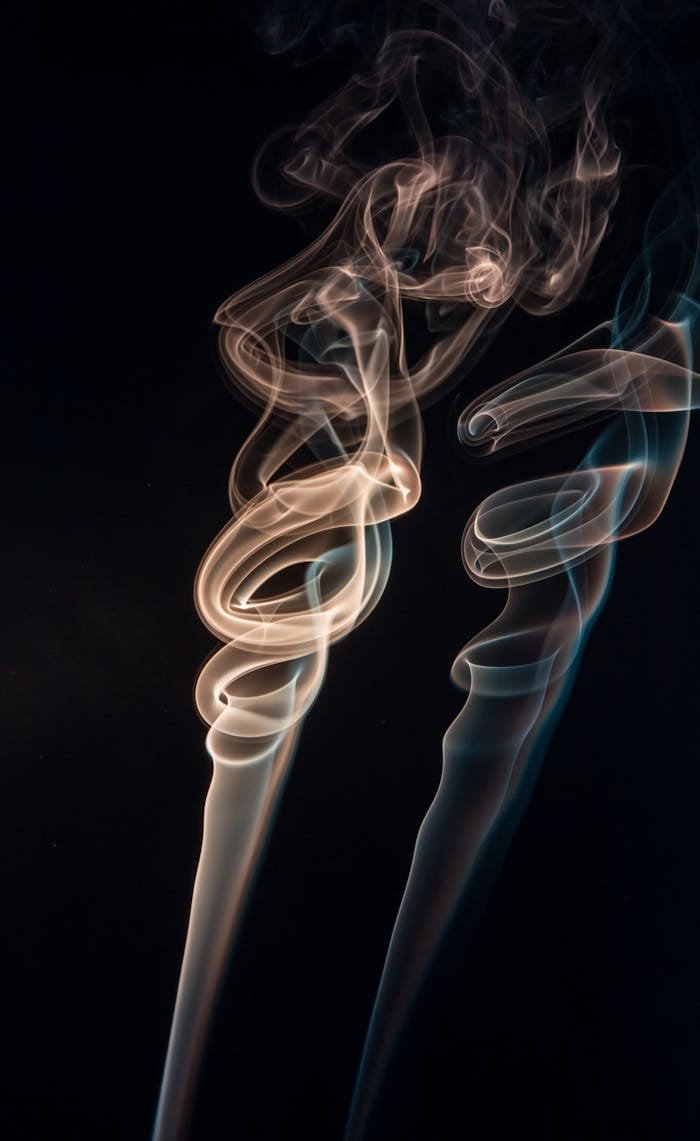Creating incense sticks at home can be an enjoyable, creative, and rewarding experience. Whether you’re interested in making incense for personal use, gifting it to friends, or starting your own small business, understanding the process can be quite beneficial. In this guide, we will walk you through the step-by-step process, the materials needed, and some tips for making perfect incense sticks every time.

What Are Incense Sticks?
Incense sticks are thin rods made from a variety of aromatic materials and oils. When lit, they produce fragrant smoke that has been used for centuries in different cultures for spiritual, medicinal, and environmental purposes. The process of creating incense sticks involves combining natural ingredients like essential oils, herbs, and resins, which are then infused into a bamboo stick or other base materials. The result is a pleasing fragrance that can enhance your environment.
Benefits of Making Your Own Incense
Making your own incense sticks comes with several benefits. Not only do you get to customize the fragrances, but you also avoid the chemicals often found in commercial products. Homemade incense is natural, environmentally friendly, and, in many cases, less expensive. Plus, it can be a fun and creative craft to engage in.
Materials Needed to Make Incense Sticks
Before you start, ensure you have the right materials at hand. Here’s what you’ll need:
Incense Base (Wooden Stick, Bamboo Sticks)
The base of the incense is crucial because it will hold the incense mixture. Most commonly, bamboo sticks are used due to their lightweight, strong, and flexible nature. You can also use other types of sticks if bamboo isn’t available, such as sandalwood.
Natural Binders and Resins
Binders are essential for holding the incense mixture together. The most common binders used in incense making are Makko powder (from the bark of a tree in Indonesia), and guar gum. Resins such as frankincense and myrrh are often used to create the base fragrance and to bind the ingredients together.
Essential Oils and Fragrance Oils
Essential oils are the key to creating the fragrance of your incense. Choose oils that are known for their aromatic qualities and that fit the mood you’re trying to create. Popular oils for incense include sandalwood, lavender, jasmine, and rose. You can also use fragrance oils if you want a more intense scent.
Other Supplies
- Water (to mix the powders and oils)
- A mixing bowl
- A dropper (for adding essential oils)
- A plastic tray or workspace for laying out the sticks to dry
Step-by-Step Guide to Making Incense Sticks
Now, let’s dive into the process of making incense sticks from scratch.
Step 1: Preparing the Incense Base
Start by cutting your bamboo sticks into your desired length. The typical length for incense sticks is around 8 inches, but you can adjust it based on your preferences. If you’re using other types of sticks, ensure they are thin enough to absorb the incense mixture.
Step 2: Creating the Incense Mixture
In a mixing bowl, combine your powdered incense ingredients (like makko powder or other binders) with essential oils. The proportion should be about 1 part binder to 3 parts fragrance oils. Add a small amount of water to the mixture until it forms a thick paste. Stir the mixture thoroughly until everything is evenly combined.
Step 3: Soaking the Bamboo Sticks
Place the bamboo sticks in a shallow bowl or tray. Pour water over them to make them more flexible and easier to coat with the incense paste. Let them soak for about 10 minutes.
Step 4: Coating the Sticks with the Incense Mixture
Once the sticks are soaked, dip them into the incense paste. You can roll them in the paste or use your hands to gently coat them with the mixture. Be sure to cover the stick completely, but avoid excessive thickness as it could affect the burning of the incense.
Step 5: Drying and Curing the Incense
After coating the sticks, lay them on a flat surface like a tray or parchment paper to dry. It’s crucial to dry them thoroughly, which can take anywhere from 24 to 48 hours depending on the humidity and air circulation. The longer you cure them, the stronger the fragrance will be.
Tips for Making High-Quality Incense Sticks
Choosing the Right Essential Oils
When selecting essential oils, opt for high-quality, pure oils to get the best fragrance. Essential oils like sandalwood, lavender, and patchouli are known for their long-lasting scent and deep aroma. Mixing essential oils can also help create unique scents, so feel free to experiment.
Avoiding Common Mistakes
- Too much binder: If you use too much binder, your incense will burn poorly. Find the right balance for a consistent burn.
- Too little fragrance oil: Don’t skimp on fragrance oils. This will ensure the incense smells strong and lasts long.
Enhancing the Fragrance Duration
You can enhance the scent of your incense by letting it cure for a longer period. A well-cured incense stick produces a more robust fragrance that lasts longer when burned.
Customization: How to Create Your Own Unique Scents
Blending Different Essential Oils
Creating custom scents is one of the most fun parts of making incense. Try blending oils like lavender and sandalwood for a calming effect or rosemary and mint for a refreshing aroma. There’s no limit to what you can create.
Experimenting with Herbs and Spices
In addition to essential oils, you can also add dried herbs, spices, and resins to enhance the scent and add texture to the incense. Popular choices include rose petals, cinnamon, and cloves.
How to Store Homemade Incense Sticks
Proper Storage Conditions
Once your incense sticks are dry, store them in a cool, dry place. Keeping them in an airtight container can help preserve their fragrance and prevent them from absorbing moisture, which can cause them to deteriorate.
Shelf Life of Incense Sticks
Homemade incense sticks typically last up to a year when stored properly. After that, they may lose their fragrance or become too brittle.
Safety Tips When Making Incense Sticks
Handling Chemicals and Resins Safely
Some incense ingredients, like resins, may require special handling. Always work in a well-ventilated area and use gloves if necessary when handling these materials.
Using Essential Oils Responsibly
Essential oils are potent, so be cautious when using them. Use them in the recommended quantities to avoid overpowering the scent or causing irritation when burned.
Conclusion
Making incense sticks at home is not only a fun DIY project but also allows you to create personalized, natural products that can add ambiance to your space. With the right materials and techniques, you can craft incense that burns beautifully and smells fantastic. So, why not try making your own incense sticks today and enjoy the soothing scents they provide?
FAQs
Can I use any type of wood for making incense sticks?
While you can use various types of wood, bamboo is the most common because of its flexibility, strength, and ability to absorb incense mixtures.
How long does it take to dry homemade incense sticks?
It typically takes 24-48 hours to completely dry and cure incense sticks, depending on the environment’s humidity.
Can I use artificial fragrances in homemade incense?
While it’s better to use natural essential oils for the best aroma, you can experiment with fragrance oils if you’re looking for specific scents.
How do I enhance the scent of my incense sticks?
Allow your incense sticks to cure for a longer period for a stronger fragrance. Additionally, use high-quality essential oils.
What are the best oils to use for incense sticks?ance the scent of my incense sticks?
Popular oils for incense include sandalwood, lavender, patchouli, rose, and frankincense. However, you can experiment with different oils to create unique blends.
How to Light Incense Sticks in the United States: A Step-by-Step Guide



Pingback: Aroma Elixir Organic Incense Sticks: A Natural Path to Tranquility - aromaelixirluxury.com